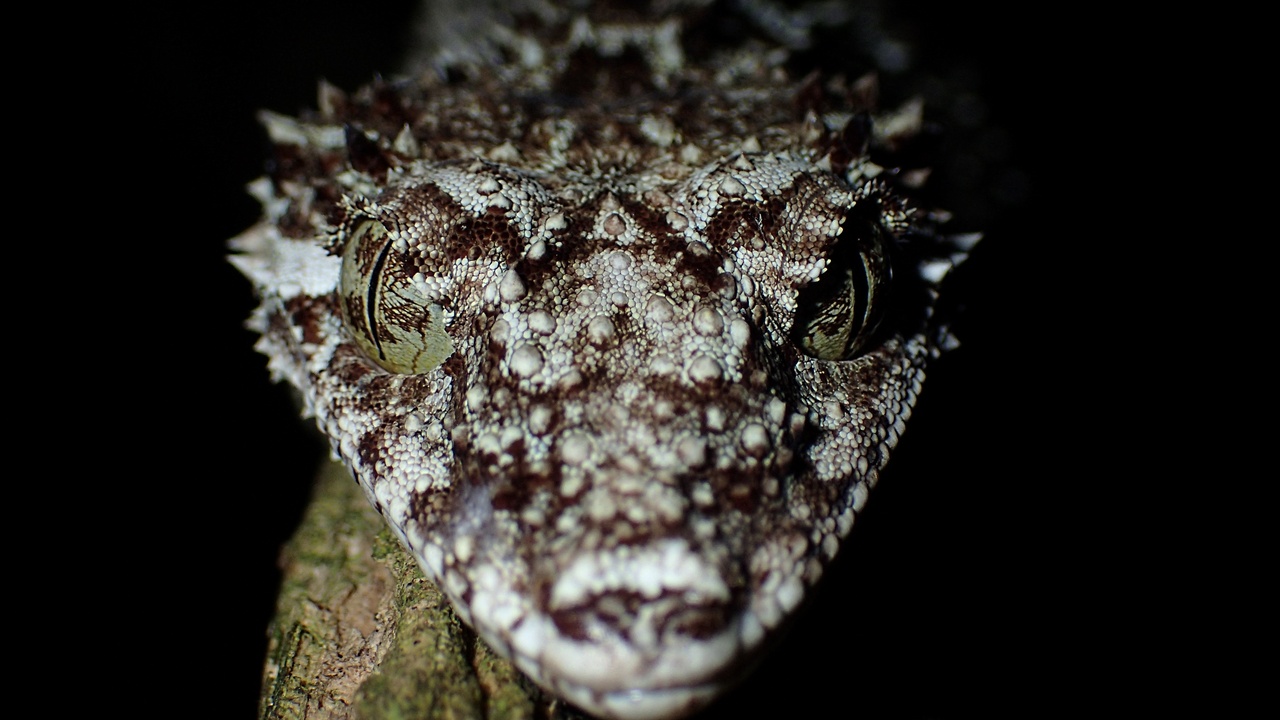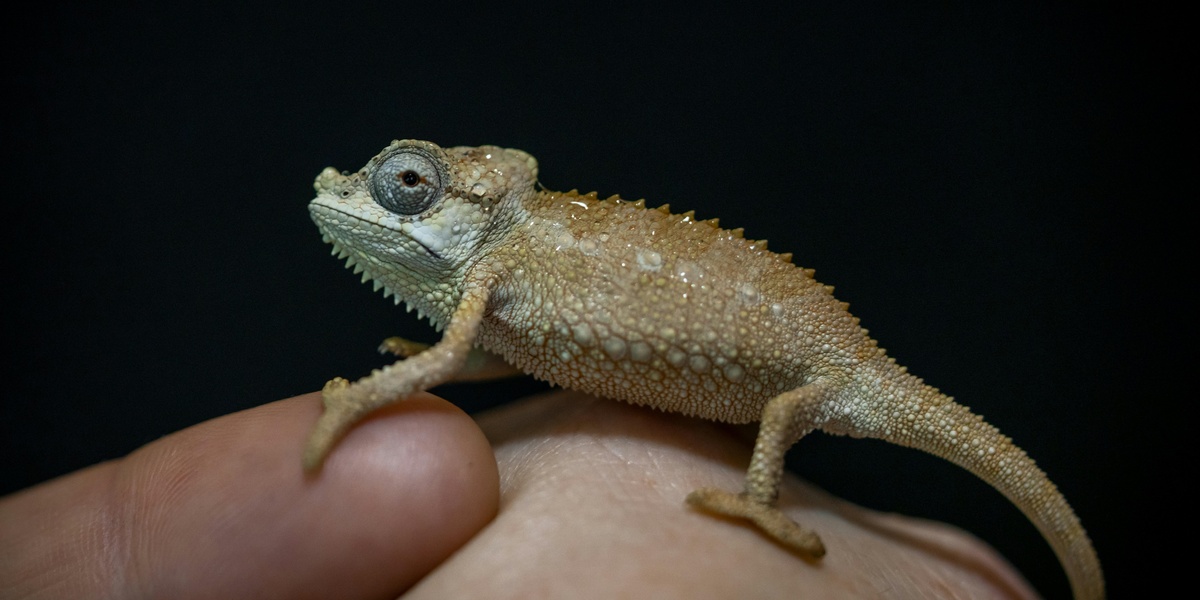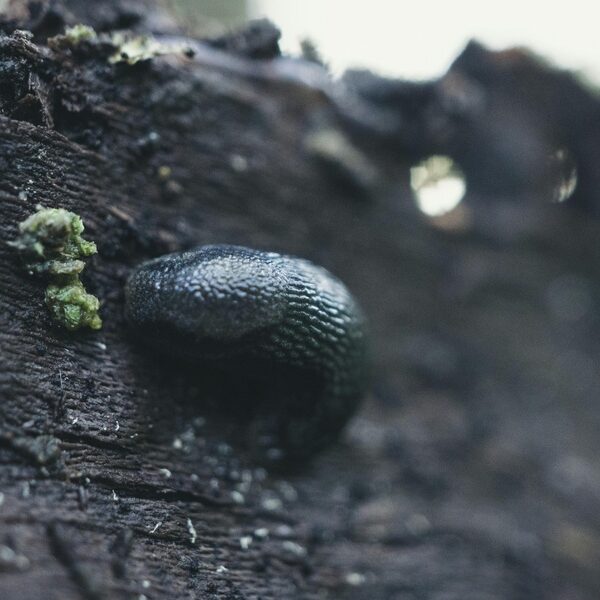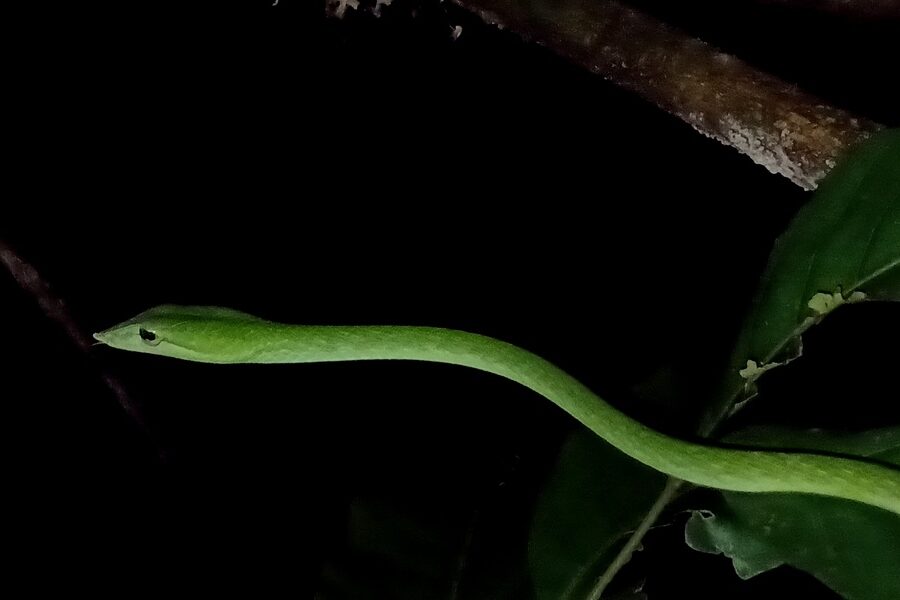In 1859, Charles Darwin noted dozens of animal traits that puzzled naturalists—armor plates, mimicry, and venom among them—which helped shape his ideas about survival. Those early observations still matter: defenses influence who eats whom, shape ecosystems, and have inspired technologies and medicines used by people today. Below are eight clear, evidence-backed facts about animal defense mechanisms that span physical armor, chemicals, behavior, and visual tricks—each illustrated with concrete examples and a few numbers to ground the science.
Physical Armor and Mechanical Defenses

Mechanical defenses are anatomical features—hard shells, bony plates, spines—that block bites, piercing, or crushing rather than relying on movement or chemicals. These traits often trade mobility or growth rate for survivorship and have inspired materials science and protective gear (see National Geographic and the Smithsonian for examples).
1. Armor and shells: living body armor
Shells and bony armor protect animals from biting and crushing by enclosing vulnerable organs in tough, often mineralized tissue. The Galápagos tortoise, for example, can live more than 100 years and depends on a heavy, domed shell of overlapping scutes that resists many predators and environmental hazards.
Armadillos and crocodilians possess osteoderms—plates of bone embedded within the skin—that add an internal layer of protection. Those osteoderms create a composite of bone and keratin that spreads force and reduces penetration.
Designers study these structures for human applications: layered composites modeled on shells inform ballistic vests and impact-resistant panels, while the trade-off—reduced speed or higher growth costs—reminds engineers that protection often has energetic consequences (Smithsonian studies on biomimicry document several such projects).
2. Spines and quills: passive deterrents
Spines and quills work without active effort from the defended animal: when a predator bites or grapples, the defensive structures inflict pain, become embedded, or encourage the attacker to release. The North American porcupine carries tens of thousands of barbed quills across its body that can lodge in flesh and discourage further attack.
Hedgehogs curl into a compact, spiny ball, presenting a forbidding surface that most predators learn to avoid. Because these defenses require little ongoing behavior, they are low-cost during an encounter but can limit movement and increase energetic costs during growth and maintenance.
Engineers have borrowed the mechanics of barbs and hooks for fastening systems and medical anchors; the way quills resist extraction provides lessons for one-way attachment designs and tissue-repair technologies.
3. Size, armor and weaponry: intimidation and combat
Body size itself is a defense: larger animals impose greater risks and energy costs on would-be predators. An adult African elephant typically weighs between about 3,000 and 6,000 kg, a scale that deters most carnivores and shapes predator behavior.
Horns, tusks, and robust builds serve as both signals and weapons. Rhinoceros horns are used in defense as well as in combat between conspecifics; muskoxen form defensive circles with outward-facing horns to repel wolves. Such features often evolve under mixed pressures of mate competition and predator deterrence.
Understanding size- and weapon-based defenses informs wildlife management and mitigates human-wildlife conflict—knowing that certain age or sex classes are more dangerous can shape safety protocols for people working near large mammals.
Chemical and Physiological Defenses

Chemical defenses include venoms, irritants, and sequestered toxins; physiological defenses cover tactics like autotomy and regeneration. Producing or storing chemicals carries metabolic costs, while regeneration demands resources—yet both provide powerful survival benefits and often yield insights for medicine.
4. Toxins and venoms: chemical shields
Many animals either synthesize toxins or sequester them from food to become unpalatable or lethal. Poison dart frogs obtain alkaloid toxins from their diet of ants and mites, while monarch caterpillars store cardenolides from milkweed that make them distasteful to birds.
Pufferfish combine a striking inflation behavior with tetrodotoxin, a potent neurotoxin that can be fatal to predators and humans. Across animal groups, chemical defenses vary from mildly bitter compounds to complex peptide venoms used for immobilizing prey and deterring attack.
Venoms and toxins are major sources for biomedical leads: compounds derived from cone snails, snakes, and scorpions have informed painkillers, anticoagulants, and blood-pressure drugs, and journals such as the Journal of Experimental Biology regularly publish case studies linking toxin chemistry to therapeutic prospects.
5. Autotomy and regeneration: sacrifice to survive
Autotomy—self-amputation of a body part—is a common escape tactic. Many lizards (skinks and geckos) drop their tails when grasped; the wriggling detached tail distracts the predator while the animal flees. Tail regrowth typically occurs over weeks to months, depending on species and age.
Sea cucumbers eject internal organs when threatened and later regenerate them, an extreme physiological trade-off that prioritizes immediate survival. Regenerative biology labs study these species to uncover mechanisms of tissue regrowth and wound healing with potential medical applications.
While autotomy immediately increases survival odds, it incurs costs: lost fat reserves, reduced mobility, and the energy needed to rebuild tissues—factors that influence life-history strategies and predator–prey dynamics.
Behavioral Defenses and Social Strategies

Behavioral defenses—hiding, fleeing, grouping, alarm calling, mobbing, and deception—complement physical and chemical tools. Social species use cooperation to reduce individual risk, and behavioral flexibility often determines how well animals cope with novel predators or changing habitats.
6. Alarm calls, mobbing, and group defense
Cooperative defense elevates vigilance and reduces the chance any one individual is eaten. Meerkat groups often number 20–50 individuals and employ dedicated sentinels that watch for danger while others forage, using distinct alarm calls to indicate aerial versus terrestrial threats.
Birds such as crows and jays mob predators—calling, swooping, and harassing—to drive them away or to recruit more defenders. Fish form schools and bait balls that confuse predators and dilute individual risk. Studies show mobbing can reduce predation success substantially, and wildlife managers use that knowledge to design safer viewing practices for tourists.
These systems are informational: alarm calls can convey urgency and location, allowing receivers to adjust behavior quickly without costly trial-and-error learning in each individual.
7. Deception and immobility: playing dead and distractions
Deceptive behaviors manipulate predator expectations. The Virginia opossum exhibits thanatosis—feigning death with limp posture, drooling, and a slowed heart rate—to discourage predators that prefer live prey. Some hognose snakes will feign death dramatically, sometimes flipping onto their back and emitting a foul odor.
Distraction displays, like the broken-wing act of some plovers, draw predators away from nests by simulating a vulnerable adult. These tactics are low-tech but often highly effective and have shaped how conservationists handle nesting disturbance and captive-breeding protocols.
Deception exploits predator search images and reward expectations; when a predator’s learned cues are violated, the prey gains seconds that can make the difference between life and death.
Camouflage, Mimicry and Visual Signals

Visual defenses range from background-matching camouflage to bold warning colors and mimicry. Some animals actively change appearance; cephalopods use rapid chromatophore-driven color shifts for both concealment and communication. These strategies rely on predator perception and learning.
8. Camouflage, mimicry and warning signals
Coloration and patterning either hide animals or advertise danger. Batesian mimicry occurs when harmless species copy harmful ones; Müllerian mimicry happens when multiple unpalatable species converge on the same warning signal. Classic work on monarch and viceroy butterflies once labeled the viceroy a Batesian mimic, but later studies showed viceroys also possess their own defenses, illustrating how mimicry relationships can be complex.
Leaf-tailed geckos and many stick insects achieve near-perfect background-matching, reducing detection by visually hunting predators by large percentages in experimental trials (some field experiments report detection reductions exceeding 50%). Cuttlefish and octopus add behavioral color change—dynamic camouflage that responds in seconds to background cues.
Military and textile researchers study these systems for adaptive camouflage and anti-detection materials, while ecologists use mimicry networks to understand coevolution and the flow of information through communities.
Summary
- Animals employ four broad defensive strategies—mechanical, chemical, behavioral, and visual—that trade cost for survival; surprising takeaways include how long-lived species like Galápagos tortoises (>100 years) rely on heavy shells while porcupines depend on tens of thousands of quills.
- Chemical and regenerative defenses are major sources of biomedical insight: venom-derived drugs and regeneration studies from lizards and sea cucumbers are active areas of research that bridge ecology and medicine.
- Behavioral and social systems—alarm calls, mobbing, distraction displays—reduce individual risk and alter predator strategies, with real-world implications for wildlife management and ecotourism planning.
- Design and engineering continue to draw lessons from nature: armor and quill mechanics inform protective materials, and camouflage and mimicry inform adaptive concealment technologies.
- Keep observing and supporting conservation: understanding and preserving the diversity of these defenses preserves ecological balance and the natural innovations that benefit people and wildlife alike.



